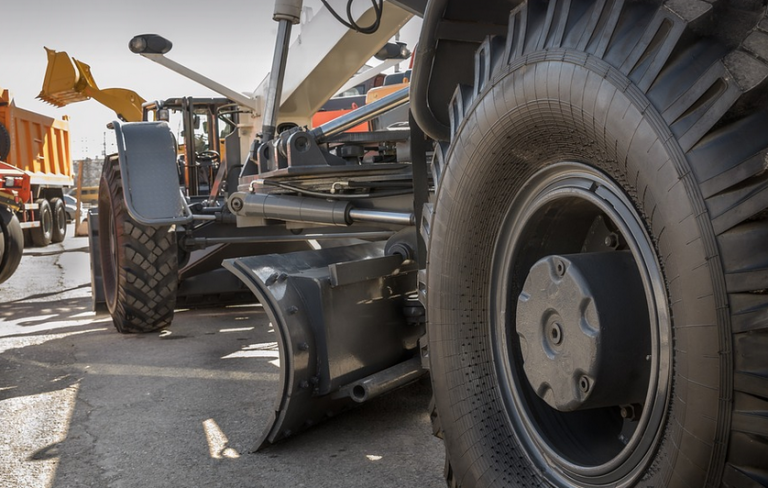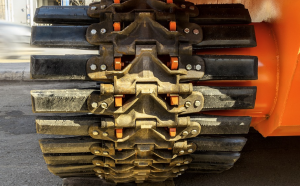Understanding the Basics of Milling Machine Bits
Milling machines are the backbone of modern woodworking, metalworking, and even some industrial applications. They allow us to create precise cuts in materials ranging from thin sheets to thick solid blocks. But what exactly goes on beneath the surface of this seemingly simple machine? At its heart lies a crucial component: the bit.
A bit is essentially a small, sharp tool that performs the actual cutting action on your workpiece. The bit is designed with precision angles and shapes, catering to specific tasks and materials. Imagine it as a miniature diamond-tipped drill or saw blade – each one tailored to tackle different cuts in wood, metal, or even plastic.
There are dozens of types of bits available for use in milling machines, each suited to specific needs:
**Types of Milling Bits:**
* **Upcut Bits**: These bits boast a cutting edge that leans inwards, creating a “U” shaped cut. Their unique design removes material faster and smoother than traditional downcut bits. They’re ideal for wood, especially when dealing with larger cuts or rough shapes.
* **Downcut Bits**: As the name suggests, these bits create downward cuts. They are often used in metalworking where a precise cut is needed to remove material without chipping or breaking it away. Downcut bits come in various lengths and angles for different applications.
* **Ball Nose Bits**: These bits are characterized by their rounded tips which produce smooth, precise curves in materials. They’re exceptionally useful when creating intricate designs on wood or metal, especially during engraving.
* **Carbide Bits**: These are the workhorses of the milling world! Made from high-quality carbide and available in various shapes, they offer incredible wear resistance and durability. You can use them for everything from machining hard metal to drilling through thick pieces of wood or plastic.
* **Other Specialized Bits:** From drill bits that create circular holes to end mills used for shaping precise contours, the options are endless.
The Importance of Choosing the Right Bit
The choice of bit is ultimately what determines the quality and functionality of your finished product. A poorly chosen bit can lead to uneven cuts, damaged surfaces, and even dangerous situations.
Here’s a quick list of factors that influence your choice:
- **Material**: The material being milled will dictate the type of bit you need. For example, wood requires different bits compared to metal or plastic, as these materials behave differently under cut.
- **Shape and Size of the Workpiece:** The form and dimensions of your workpiece also play a vital role in selecting the right bit.
- **Desired Cut Depth**: The depth of the cut you need will inform your choice of bit’s size and angle.
- **Application**: Are you planning on precision cutting, rough work, or creating intricate designs? The application will guide your selection.
Factors to Consider When Buying Bits
When shopping for bits, consider these factors:
* **Bit Quality:** Invest in high-quality bits from a reputable brand. Well-made bits offer longer life spans and consistent performance.
* **Type of Material:** Make sure the bit is specifically designed for the material you’re working with, as using an inappropriate bit can lead to poor cutting results and damage your machine.
* **Overall Cost:** While investing in high-quality bits ensures longevity, remember that they also come at a higher price. Balancing quality and cost depends on your needs and budget.
* **Size and Shape**: Choose bits that fit the needs of your milling machine and the specific project you’re tackling. Consider the size, shape, and length of the bit as these factors affect its performance.
* **Reviews and Ratings:** Read reviews from other users to gain insight into different brands and their quality. Pay attention to both positive and negative feedback to make an informed decision
Maintaining Your Bits: A Step-by-Step Guide
Proper care and maintenance are crucial for ensuring longevity. Here’s how you can keep your bits in top condition:
- **Storage:** When not in use, store your bits in a clean and dry place to prevent rust or damage.
- **Cleaning**: Immediately after use, wipe the bit with a damp cloth and ensure it’s completely dry before storing. Avoid exposing them to moisture as this may affect their sharpness.
- **Sharpening**: If you notice dullness in your bits, using a sharpening tool is recommended for restoring their cutting edge. It can extend their lifespan significantly.

















